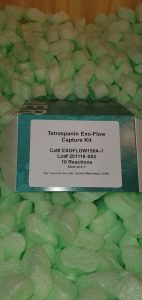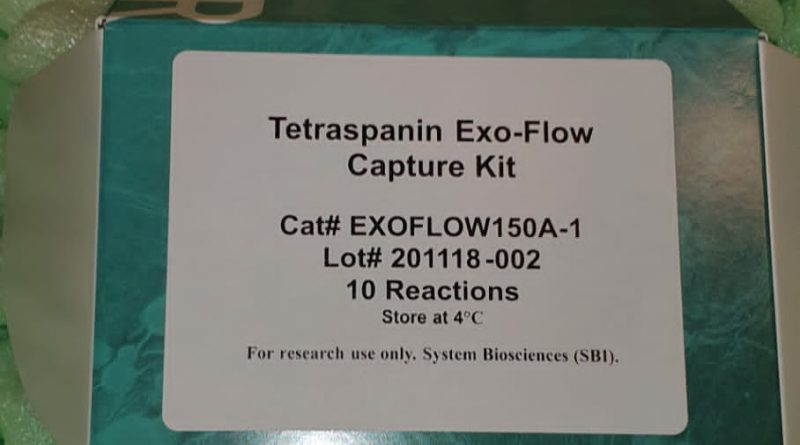Meta-biomaterials provide a promising route in direction of the event of life-lasting implants. The idea goals to attain options which might be ordinarily inconceivable, by providing a singular mixture of mechanical, mass transport, and organic properties via the optimization of their small-scale geometrical and topological designs. In this research, we primarily give attention to auxetic meta-biomaterials which have the extraordinary potential to develop in response to axial rigidity. This might doubtlessly enhance the longstanding drawback of implant loosening, if their performance could be assured in cyclically loaded circumstances.
The high-cycle fatigue performance of additively manufactured (AM) auxetic meta-biomaterials constructed from commercially pure titanium (CP-Ti) was subsequently studied. Small variations within the geometry of the re-entrant hexagonal honeycomb unit cell and its relative density resulted in twelve totally different designs (relative density: ∼5-45%, re-entrant angle = 10-25°, Poisson’s ratio = -0.076 to -0.504). Micro-computed tomography, scanning electron microscopy and mechanical testing have been used to respectively measure the morphological and quasi-static properties of the specimens earlier than continuing with compression-compression fatigue testing.
With a median most stress degree of 0.47σy at 106 cycles (vary: 0.35σy– 0.82σy), the auxetic buildings characterised listed here are superior to many different non-auxetic meta-biomaterials constructed from the identical materials. The optimization of the printing course of and the potential software of post-processing remedies might enhance their performance in cyclically loaded settings even additional. STATEMENT OF SIGNIFICANCE: Auxetic meta-biomaterials have a detrimental Poisson’s ratio and, subsequently, develop laterally in response to axial rigidity. Recently, they’ve been discovered to revive bone-implant contact alongside the lateral facet of a hip stem.
As a end result, the bone might be compressed alongside each of the implant’s contact strains, thereby actively decreasing the chance of implant failure. In this case the fabric might be subjected to cyclic loading, for which no experimental information has been reported but. Here, we current the primary ever research of the fatigue performance of additively manufactured auxetic meta-biomaterials primarily based on the re-entrant hexagonal honeycomb. These outcomes will advance the adoption of auxetic meta-biomaterials in load-bearing purposes, such because the hip stem, to doubtlessly enhance implant longevity.

Normal ranges of KIF5 however lowered KLC1 ranges in each Alzheimer illness and Alzheimer illness in Down syndrome: proof suggesting defects in anterograde transport
mpaired axonal transport might contribute to the pathogenesis of neurodegenerative ailments, together with Alzheimer’s illness (AD) and Down syndrome (DS). Axonal transport is a posh course of by which particular motor proteins transfer cargoes to and from neuronal cell our bodies and their processes. Inconsistent studies level to the modifications in AD within the ranges of the classical anterograde motor protein kinesin member of the family 5 (KIF5) and the first neuronal KIF regulator kinesin mild chain 1 (KLC1), elevating the chance that anterograde transport is compromised in AD. These auxetic meta-biomaterials exhibited morphological and mechanical properties which might be deemed acceptable for bone implant purposes
To handle inconsistencies and decide if the shared pathologies in AD and aged DS topics with dementia (AD in DS; AD-DS) prolong to the modifications in KIF5 and KLC1, we measured the degrees of all of the three KIF5 members of the family and KLC1 within the AD and AD-DS frontal cortex and AD temporal cortex and cerebellum in samples taken with a brief postmortem interval. To help future research to discover the cell organic foundation for any modifications detected, we additionally examined the degrees of these proteins within the brains of younger and aged grownup mice within the Dp (16)1Yey/+ (Dp16) mouse mannequin of DS and J20 mouse mannequin of AD.
There have been no modifications compared with controls in KIF5 members of the family in both the AD or AD-DS samples when normalized to both β-actin or glyceraldehyde-3-phosphate dehydrogenase (GAPDH). Interestingly, nevertheless, samples from management brains in addition to from AD and AD-DS demonstrated robust optimistic correlations between the degrees of KIF5 members of the family, suggesting optimistic co-regulated expression. Importantly, whereas earlier studies pointed to a detrimental correlation between the degrees of the amyloid precursor protein (APP) and KIF5A ranges, we discovered the alternative to be true in AD-DS; this was particularly hanging given triplication of the APP gene, with elevated APP protein ranges.
AD and management samples confirmed optimistic correlations between fl-hAPP and KIF5 members, however they have been much less constant. In distinction to the findings for KIF5, the degrees of KLC1 have been downregulated within the frontal cortex of each AD and AD-DS brains; apparently, this modification was not seen within the AD temporal cortex or cerebellum. As postmortem interval has a detrimental impact on the degrees of KLC1, however not KIF5 members, we analyzed a subset of samples with a really brief postmortem interval (PMI) (≤ 6 h), a PMI that was not considerably correlated with the degrees of KLC1 in both AD or AD-DS samples; we confirmed the presence of a statistically vital discount of KLC1 in AD and AD-DS brains as in contrast with management brains.
[Linking template=”default” type=”products” search=”Human Calcineurin A-subunit protein biologically active” header=”1″ limit=”164″ start=”3″ showCatalogNumber=”true” showSize=”true” showSupplier=”true” showPrice=”true” showDescription=”true” showAdditionalInformation=”true” showImage=”true” showSchemaMarkup=”true” imageWidth=”” imageHeight=””]
Studies evaluating Dp16 to its euploid management recapitulated human research in demonstrating no change in KIF5 ranges and a optimistic correlation between the degrees of KIF5 members of the family. J20 mice additionally confirmed regular KIF5 ranges. However, in contrast to the AD and AD-DS frontal cortex, KLC1 ranges weren’t lowered within the brains of Dp16 or J20 mice. These information level to vital reductions in KLC1 in AD and AD-DS. In so doing, they elevate the chance of compromised KLC1-mediated axonal transport in these circumstances, a posit that may now be pursued in mannequin methods by which KLC1 expression is lowered.


